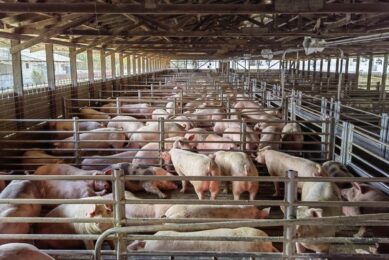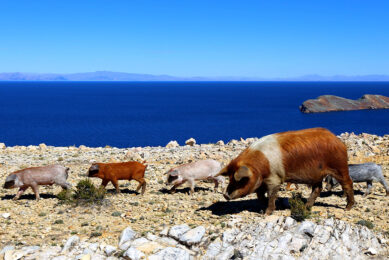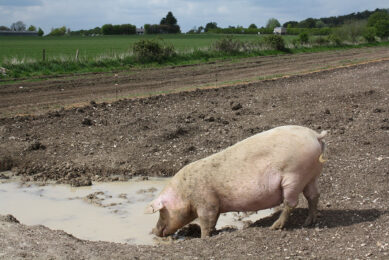USA: The world’s third largest pork exporter and consumer
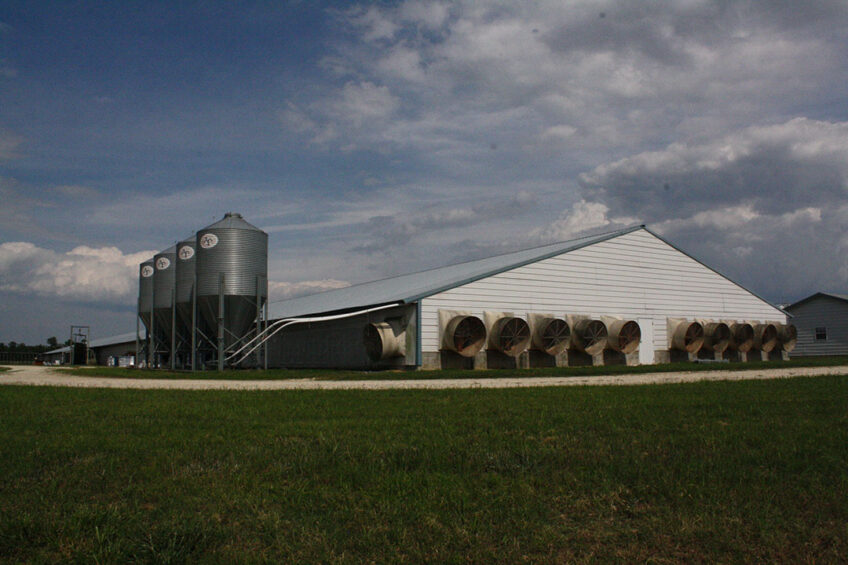
In the weeks and months leading up to the event United Pork Americas, Pig Progress takes a deep dive in pig countries in the Americas. What is pork production like in the various countries in both continents and what are the perspectives for development? Today: a closer look at the United States.
Pork is a favourite food amongst Americans and the US also exports a large amount of pork, making the industry an important part of the country’s economy. The US is the world’s third largest producer and consumer of pork.
Over the last few decades, domestic consumption has remained very stable, staying at about 30.8 kg (68 lbs) annually consumed per person from 1999 to 2019. However, over this period, chicken has exceeded the per-capita consumption rate of pork.
 Over 115 million hogs
Over 115 million hogs
The National Pork Producers Council (NPPC) represents the country’s 60,000+ pork producers, who annually market more than 115 million hogs. The industry is heavily concentrated in the Midwest (Iowa and southern Minnesota) and in eastern North Carolina, with some production in Oklahoma and Texas. The main pig breeds in descending use in the US are the Yorkshire, Duroc, Berkshire, Hampshire, Landrace, Chester White, Poland China and Spotted.
According the US Department of Agriculture (USDA), the US hog industry has undergone significant structural changes over the last 40 years. Since 1990, farms with hogs have declined in number by more than 70% and hog operations have grown larger. There has also been a shift to operations that focus on a single phase of production instead of doing farrow-to-finish.
Net exporter of pork since 1995
The US became a net exporter of pork in 1995. An average of over 5.4 billion pounds (2.4 million metric tons) of fresh and frozen pork is exported yearly, with a peak in 2020 of 7.3 billion pounds (3.3 million metric tons) shipped to other countries. Since 1989, US pork exports have increased by 1,550% in value and nearly 1,300% in volume. That year, the US implemented a free-trade agreement with Canada and started examining how to access other markets for value-added agriculture products.
In the past, The US has been both the world’s first and second largest pork exporter, but has held third place for some time behind Brazil and the EU. The fraction of production destined for export peaked at 35% in 2008/2009, and has averaged a little less than that over the last decade.
Main pork markets: Mexico, Japan, China and Canada
The primary export markets for US pork products are Mexico (about one third of exports), Japan, China/Hong Kong, and Canada. Other markets include South Korea, Australia, New Zealand, Taiwan, Philippines, Vietnam and various countries in South and Central America.
In 2020, China overtook Japan as the top foreign market for US pork after massive outbreaks of African Swine Fever severely limited China’s domestic pig production. However, exports to Japan have increased recently, with lower tariffs resulting from the US-Japan Trade Agreement, and with China buying more pork produced in Brazil.
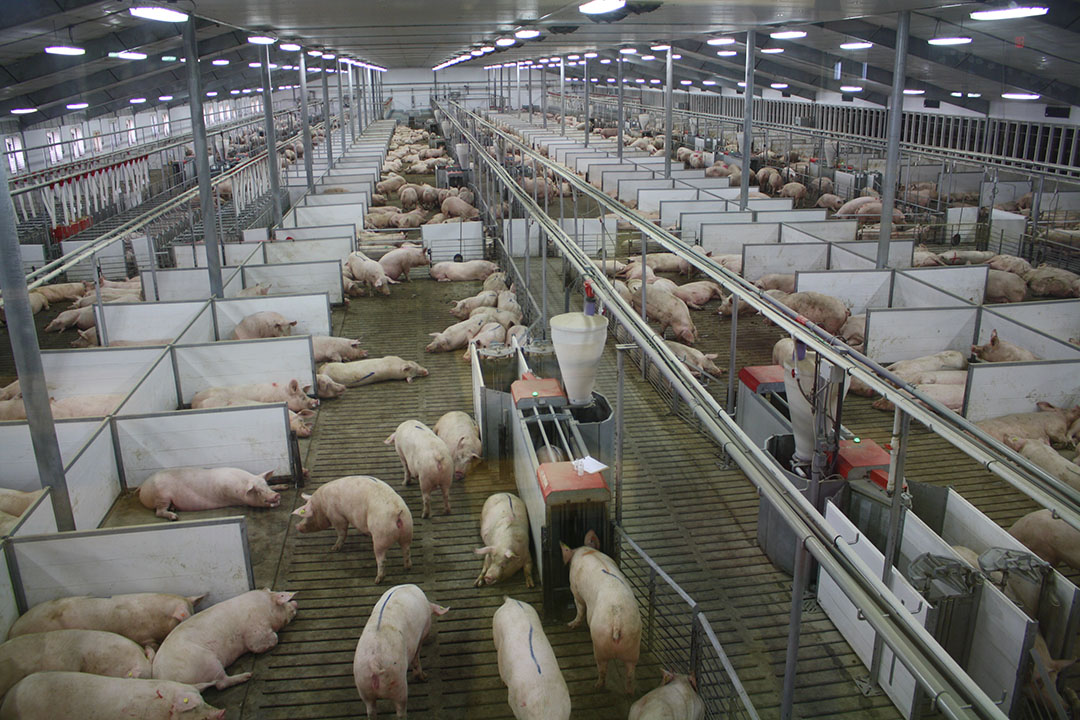
Major pork companies in the USA
The major US pork companies include Tyson Foods, JBS USA, Cargill, Sysco and Smithfield Foods. In production, processing and related sub-sectors, the US pork industry supports about 550,000 jobs. However, the industry continues to struggle with a labour shortage. More access to foreign-born workers is required to ensure the industry is sustainable, according to a study by Iowa State University economists that was recently updated to reflect the current labour market trends.
Quick look at the pig disease situation
Pig diseases in the US include Porcine Reproductive and Respiratory Syndrome (PRRS), Porcine Epidemic Diarrhea (PED), Swine Influenza and many others. African Swine Fever (ASF) is not present in the US (nor anywhere in North, Central or South America, although it has been detected on 2 Caribbean island nations). There are many ways in which the US government and the US pork industry are ensuring the country stays ASF-free. Similarly to other nations such as Canada, the US closely scrutinises air travelers for possible contraband meat products, diligently tests imported pork, and so on.
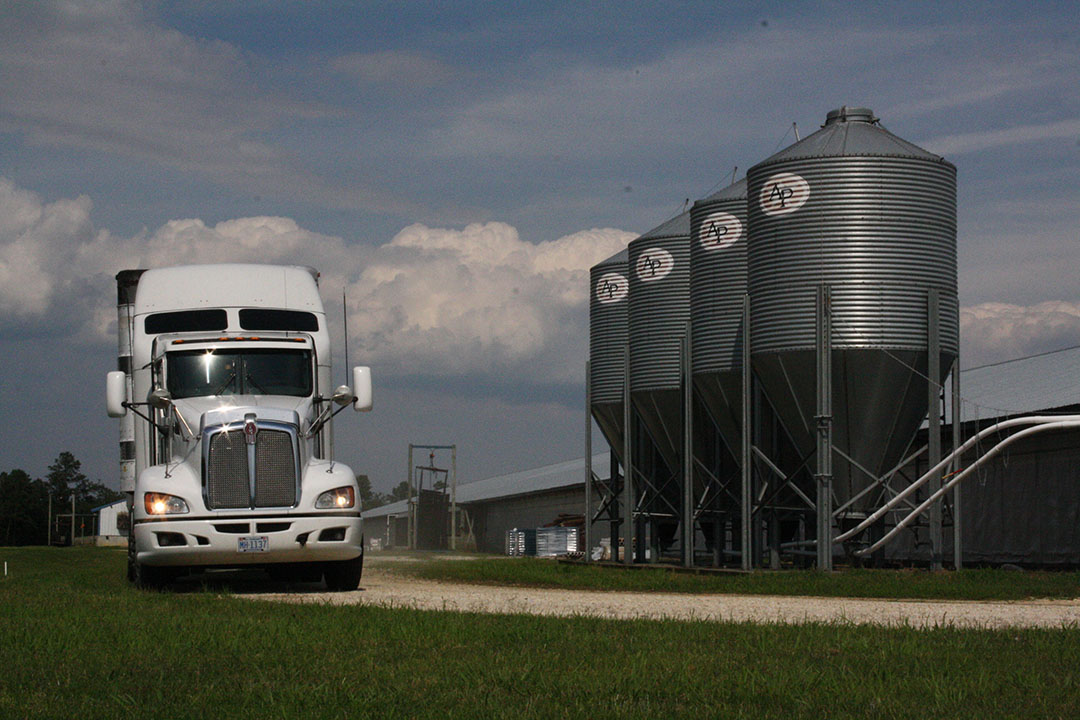
The US has many animal care and stainability programmes in place. Improved genetics, production methods and technologies have increased production efficiency and lowered its environmental impact.
Feral pigs in the United States
Wild pigs, which are the descendants of hybrids between escaped commercial pigs and wild stock from either lower North America or Europe, are a serious problem in the US. They are found in most states and can the risk of transmitting production diseases. In Texas, the number of wild pigs now exceeds 2.6 million, and many control strategies have been tried.




